|
|
|
|

|
|
Confidential letter, the Battle of Kowloon, Request for Use of Force
|
|
Similar
|
Larger
|
Info
|
|
|
|
|
|
|
|
|
|
|
|
|
|
|
|
|
|
|
|
|
|
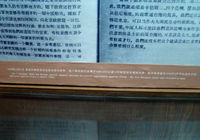
|
|
British cabinet session decided to commit aggression against China
|
|
Similar
|
Larger
|
Info
|
|

|
|
The British Orient Expeditionary Army blockaded the Pearl River estuary
|
|
Similar
|
Larger
|
Info
|
|
|
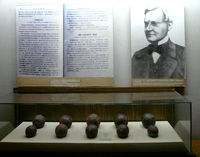
|
|
Charles Elliott and British cabit's decision to commit aggression against China
|
|
Similar
|
Larger
|
Info
|
|
|
|
|
|
|
|
|
|
|

|
|
Confidential letter, the Battle of Kowloon, Request for Use of Force
|
|
Similar
|
Larger
|
Info
|
|
|
|
|
|

|
|
British Chief Superintendent of Trade to China, Charles Elliott
|
|
Similar
|
Larger
|
Info
|
|
|
|
|
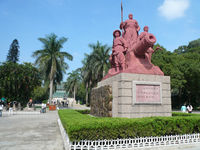
|
|
The group statues of the brave Chinese fighters against British invaders
|
|
Similar
|
Larger
|
Info
|
|
|
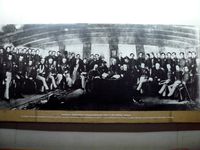
|
|
"Treaty of Nanjing" signed with the British government by the Qing government
|
|
Similar
|
Larger
|
Info
|
|
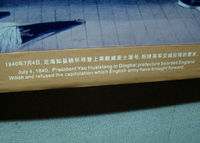
|
|
Label describing Yao Huaixiang refused British demand on British Wilish
|
|
Similar
|
Larger
|
Info
|
|
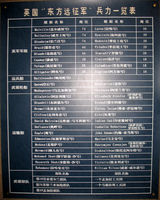
|
|
A tabular listing of the British “Orient Expeditionary Army” military capability
|
|
Similar
|
Larger
|
Info
|
|
|
|
|
|
|
|
|
|
|
|
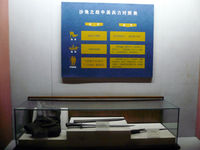
|
|
Great disparity in numerical strength of the Chinese vs British military forces in Shajiao War
|
|
Similar
|
Larger
|
Info
|
|
|
|
|
|
|
|
|
|
|
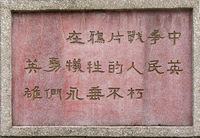
|
|
The group statues of the brave Chinese fighters against British invaders
|
|
Similar
|
Larger
|
Info
|
|
|
|
|
|
|
|
|
|
|
|
|
|
|
|
|
|
|
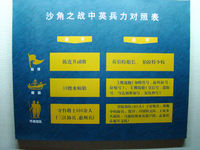
|
|
Great disparity in numerical strength of the Chinese vs British military forces in Shajiao War
|
|
Similar
|
Larger
|
Info
|
|
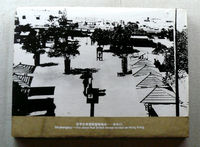
|
|
Shuikengkou - the place that British troops landed on Hong Kong
|
|
Similar
|
Larger
|
Info
|
|
|
|
|
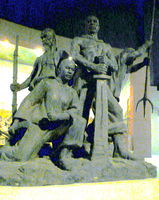
|
|
Sculpture of the brave Chinese fighters against British in Shajiao
|
|
Similar
|
Larger
|
Info
|
|
|
|
|
|
|
|
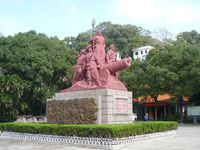
|
|
The group statues of the brave Chinese fighters against British invaders
|
|
Similar
|
Larger
|
Info
|
|
|
|

|
|
The group statues of the brave Chinese fighters against British invaders
|
|
Similar
|
Larger
|
Info
|
|
|
|
|
|
|
|
|
|
|

